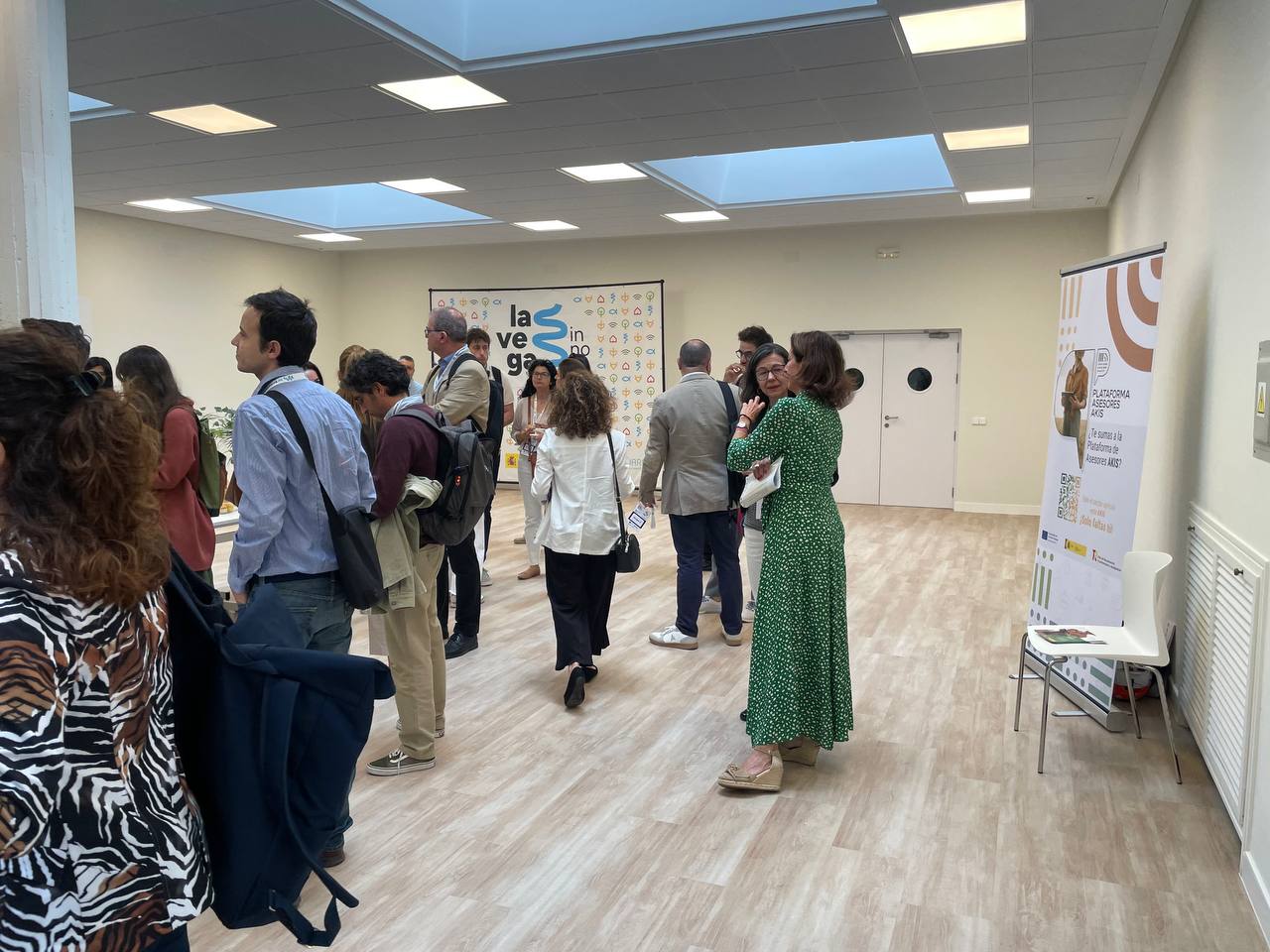The Spanish agri-food sector wants to digitize and robotize its processes.
Description
On June 12th, the La Vega Innova innovation hub presented the study "The Digital Transformation of the Agri-Food Sector as Seen by Its Professionals" (access the full study here ) by the Digitalization Observatory of the Agri-Food Sector. The objective of the study was to analyze the perceptions of people working in the agricultural, livestock, and agri-food industry regarding digital transformation. The study concludes that people in the Spanish agri-food sector are highly receptive to technological advances such as robotization.
The agri-food sector wants...
Among the most important conclusions of the study, conducted through more than 3,500 interviews between June and November 2023, is the interest of industry players in advancing the digitalization and automation of their production processes. More than 90% of respondents want to automate their operations. And more than 80% believe this will help them lower their production costs. The graph shows which areas they want to automate their farms based on the type of activity.
What technologies do farmers, ranchers, and the food industry want to implement?
For farmers, irrigation, fertilization, and pest and disease management are the areas where they believe technology can provide the most benefits; while for livestock farmers, the most relevant technologies are those applied to animal welfare, environmental conditions, and feed distribution. For the agri-food industry, the most important areas are automation, quality control, and packaging systems.
Sharing data
The study estimates that 89.4% of people in the agri-food sector are willing to share data with other stakeholders.
Considerations on the digital notebook
Regarding documentary records and food traceability, the primary sector seems to agree that the Digital Farm Log and the Livestock Farm Log are favorable, although they state that they must be completed by a specialized individual. The agri-food industry, however, has automated traceability systems and is looking to blockchain systems for the future.
Intervention by the Secretary of State for Agriculture and Food
During the presentation, the Secretary of State for Agriculture and Food , Begoña García , emphasized that "continuous improvement and looking beyond" is the only possible path for everyone involved in the agri-food sector. She insisted that "once we experience how technology can be one of our greatest allies, there's no turning back."
The importance of the practical application of innovation
For her part, the Director General of Rural Development, Innovation, and Agri-Food Training , Isabel Bombal , highlighted in her speech the importance of La Vega Innova in continuous improvement and innovation in the agri-food sector. As a space for experimentation, it allows innovation to make sense by moving from the theoretical level to application. It is yet another example of the drive that MAPA seeks to give to innovation and digital transformation, as are initiatives such as the Agri-Food Sector Digitalization Observatory, Digimapa, and many others. The Director General wanted to convey that in MAPA, sector stakeholders will find support and guidance to provide certainty in a situation of sometimes disruptive change .
To achieve this transformation, ongoing training is essential. The study states that 87.5% of people in the agri-food sector have received training from technology companies, and two out of three people surveyed use their company or organization's sources and the external market to identify agri-food innovations.
Agri-food innovation startups
As a hub for connecting the various stakeholders driving innovation in the agrofoottech sector, La Vega Innova hosts various initiatives from emerging companies innovating in this field. On the 12th, the event took advantage of the presence of prominent sector players to briefly present these initiatives.
- Hyperplan : A software-as-a-service (SaaS) platform that offers crop detection and monitoring solutions. Ultimately, it provides visibility into agricultural production. Based on remote sensing, AI, and meteorological data, it contains data on what is grown, where, and when . It can help seed producers or cooperatives make informed decisions about their strategies. It even provides weekly yield data and even forecasts.
- Plant on Demand : This is a social and technological innovation that supports the primary sector through a digital tool to improve the competitiveness and profitability of agri-food producers. Aimed at strengthening short marketing channels, it proposes a disruptive idea: organizing public food procurement through technology to prioritize local producers .
- Sanzar : Based on satellite imagery, it offers machine learning-based software that serves, among other things, to enable more comprehensive and accurate risk assessment . It also helps optimize fertilizer application, improving crop sustainability and yield.
- AON Chip : IoT company focused on optimizing water use in agriculture with irrigation sensors and controllers with long-range connectivity and low power consumption for areas with communication limitations.
- ADA. Animal Data Analytics : A solution for increasing biosecurity on farms, using a digital system that facilitates the control of visits and the authorization or denial of these visits based on the farm's biosecurity needs and criteria . The data collected also provides early warnings, determines viral loads by area, and detects farms that are super-spreaders of biological risks.
- Hiotera : Provides solutions to greenhouse owners through sensors, offering recommendations to optimize savings and yields in crop production . Beyond the simple sensor or basic interface, Hiotera interprets data and provides guidance for optimal resource utilization.
- Ficosterra : Based on biotechnology, the company has developed products based on algae and microorganisms that provide sustainable biological solutions that boost yield , strengthen crops and increase their resistance, optimizing investments.
- GURBAN has developed shipping containers that integrate vertical farming into a controlled environment . It's not designed to replace the production of any variety, but rather those where it provides added value in a small, controlled space, for example, the production of edible sprouts or flowers. However, it can be used for a wide range of crops, from strawberries to fodder.




